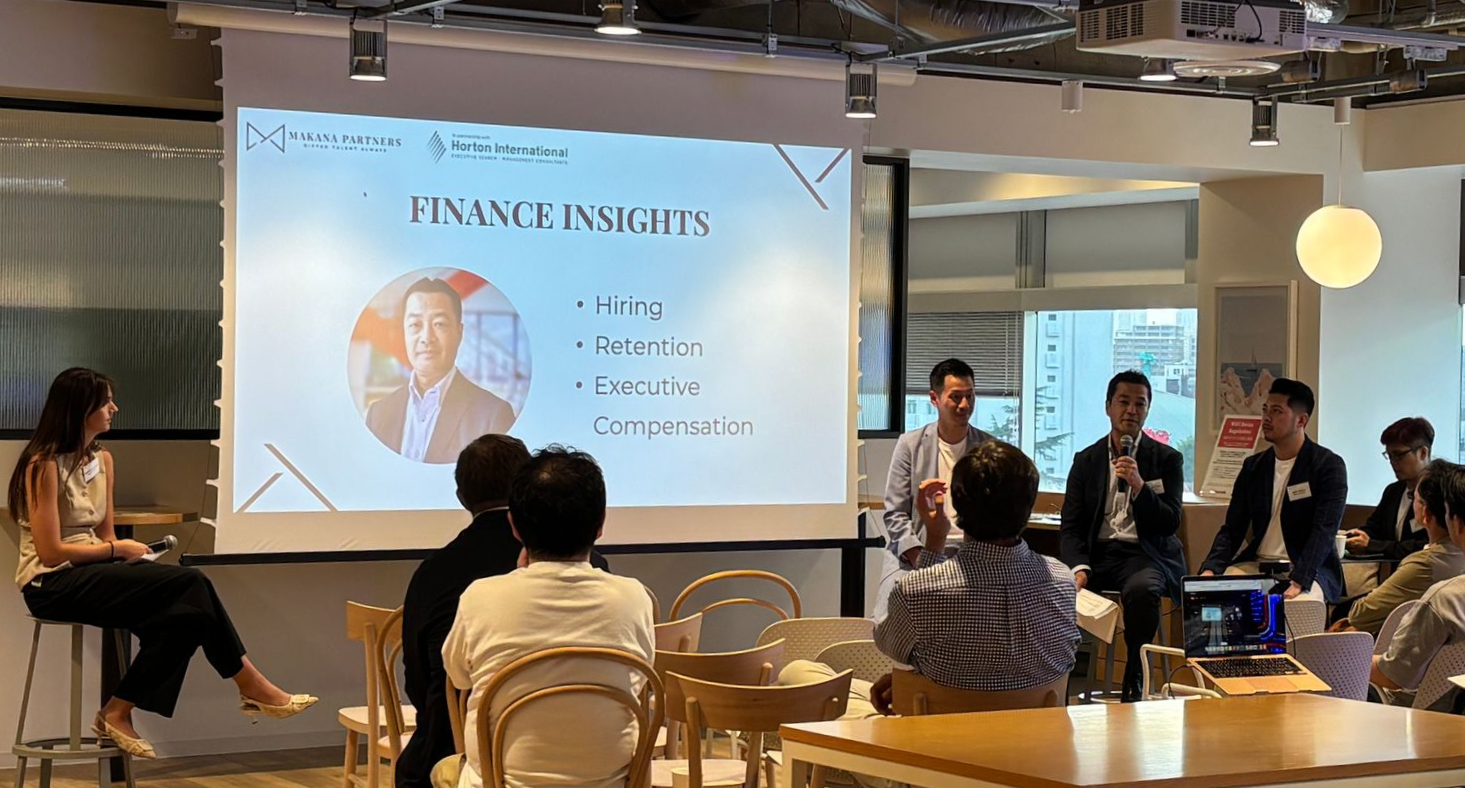Job Application Speed Dating in the 2025 Market
Where first impressions are everything, and you’ve only got seconds to stand out.
In 2025, the rules of job searching have changed — and if you’re still playing by the old ones, you’re likely missing out. With the rise of AI-powered applicant tracking systems (ATS) and a growing reliance on platforms like LinkedIn, the first person to review your application probably isn’t a person at all. Think of today’s job market like a fast-paced round of speed dating: your resume, your LinkedIn, and your digital presence need to make a strong, memorable first impression — fast.
If you've been out of the professional “dating” scene for a while, this guide is your refresh button. Here's how to sharpen your resume and online presence to match the demands of the modern job search.
Resume Writing: Making Your First Impression Count
In speed dating, decisions are made in seconds — and the same is true for resumes. As an executive search and recruiting firm, we’ve reviewed thousands of resumes, and the reality is: most are skimmed in under 30 seconds. That’s your entire window to spark interest. So how do you stand out? Here's how to make your resume feel less like small talk and more like a connection:
1.Lead with a Standout Summary
It’s your opening line — make it smart, specific, and hard to ignore.
To survive the 10-second scan, start strong. Use a professional summary at the top of your resume to highlight your most relevant experience and strengths. While reverse chronological structure is standard, it may not showcase your best assets up front — that’s where a well-tailored summary steps in. Think of it as your “hook,” customized to each job you apply for.
2. Keep it Brief, Keep it Brilliant
You’ve got 30 seconds to impress — don’t turn a highlight reel into a documentary.
Concise resumes outperform long-winded ones. If you're early in your career, keep it to one page. If you’re an experienced professional, stick to the rule of 1 page for every 5-7 year experience, putting more description into the roles that have the most relevance to the job you’re applying for. Employers don’t need your whole story — just the best chapters.
3. Match the Keywords, Make the Cut
Speak their love language from the start to get a second look.
AI tools screen resumes by searching for key terms pulled straight from the job description. Use these to your advantage — mirror the language used in the job post, especially in your summary and experience sections. This shows alignment and helps you pass automated filters.
4. Quantify Your Qualities
Show, don’t tell — prove your value in cold, hard stats.
Employers and AI alike are drawn to measurable impact. Instead of vague responsibilities, highlight outcomes: “Increased revenue by 25%,” “Cut processing time by 40%,” etc. Numbers catch eyes — and build trust.
5. Tailor Every Time
Don’t use the same resume for every job — tailor it like you would your outfit for a first date.
No two jobs are the same, so no two resumes should be either. Customize your resume for each role, emphasizing the skills and experiences that match that specific opportunity. Relevance is everything.
6. Keep it Clean and Recruiter-Ready
First impressions matter — sloppy presentation sends the wrong signal.
Avoid clutter, unusual fonts, graphics, or inconsistent formatting. Stick to a clean, readable design that plays well with both ATS and human eyes. You wouldn’t show up to a date looking disheveled — your resume shouldn't either.
LinkedIn: Online Dating for Employers
In the modern job search, LinkedIn is your digital first date — and sometimes, your only one. Before anyone calls you for an interview, they’re likely checking your profile. A half-finished page is like arriving late and mumbling through small talk. But a complete, polished LinkedIn? That’s a confident “hello,” a strong handshake, and maybe even a “let’s grab coffee.”
Here’s how to make your profile recruiter-ready:
1.Headline = Your Opening Line
Make it compelling, not just your job title.
Your headline appears in search results and defines your professional brand. Use it to show both
what you do and
how you bring value. “Project Manager | Delivering Scalable Tech Solutions for Fast-Growing Startups” tells a better story than “Project Manager.”
2. Profile Photo = Digital Eye Contact
Would you go on a date without showing your face? Neither would recruiters.
Profiles with a clean, professional headshot get far more views and engagement. Choose a photo with good lighting, a neutral background, and a friendly, confident expression.
3. About Section = Your Elevator Pitch
Make them want to connect — not move on.
Write a first-person summary that tells your story: your strengths, what drives you, and what you're looking for. Avoid buzzword overload and focus on authenticity. This section is your chance to sound like a real person, not a bullet list
.
4. Experience = More Than Just a Job List
Show impact, not just responsibilities.
Just like with your resume, list your roles, but go further — include bullet points that highlight results, projects, and metrics. Anyone can list a job title — few explain the value they delivered.
5. Engage to Get Noticed
There may be plenty of fish in the sea, but you won’t know unless you cast your line.
LinkedIn rewards activity. Comment on posts, share industry insights, follow companies you're interested in, and connect with people in your field. The more visible and engaged you are, the more likely opportunities will come your way.
Conclusion: Speed Dating Meets the Job Hunt
In today’s competitive, AI-filtered job market, you don’t just apply — you pitch. Recruiters and systems make fast decisions, and your resume and LinkedIn profile need to make every second count. Think of it like speed dating: clarity, confidence, and customization win attention. Whether you're submitting a resume or updating your online presence, every detail matters — because your next opportunity might be just one scroll, click, or keyword away.










